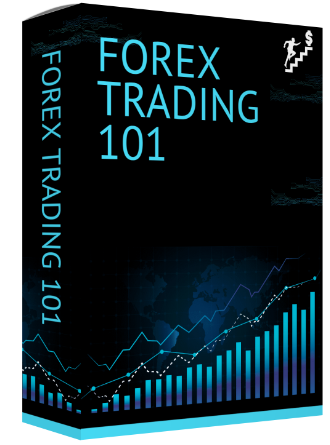Short Selling: The Pros and Cons
The Benefits and Downsides of Short Selling

Short selling is a popular but controversial investment strategy that traders and investors have used for decades. It involves selling a stock that an investor doesn’t own with the intention of repurchasing it at a lower price, thereby realizing a profit. Short selling is considered a speculative investment, and as such, it can be a high-risk, high-reward strategy that requires careful consideration and a deep understanding of market dynamics.
In this blog, we will explore the pros and cons of short selling and provide a comprehensive overview of this investment strategy. We will examine the potential for profit, the risks involved, the ethics of short selling, and the regulations governing it. Whether you are an experienced investor or just starting out, this blog will help you make an informed decision about whether short selling is right for you.
Pros of Short Selling
The main advantage of short selling is the potential for profit. By betting against a stock, an investor can realize a profit if the stock’s price decreases. In this way, short selling provides investors with the opportunity to make money even in a down market.
Short selling can also be used as a hedging tool to protect against market risk. By short-selling a stock, an investor can offset the potential losses from a long position in another stock. This can help to reduce overall portfolio risk and protect against market downturns.
In a declining market, short selling can be a particularly useful investment strategy. When the overall market is falling, short sellers can make profits as stock prices decrease. In this way, short selling provides investors with the opportunity to profit in a market that would otherwise be unfavorable to long positions.
Cons of Short Selling
One of the biggest risks of short selling is that losses are unlimited. If the stock price rises instead of falls, the losses can be substantial, and there is no limit to how much an investor can lose. This is because, unlike a traditional long position, there is no set limit to the amount that a stock price can rise.
Short selling also requires a margin account, which is a type of brokerage account that allows investors to borrow money from their broker to purchase securities. This means that investors must have a significant amount of capital on hand to meet margin requirements and avoid having their position forcibly closed due to a lack of funds.
Short sellers can also become victims of a “short squeeze.” A short squeeze occurs when a stock’s price rises unexpectedly, forcing short sellers to buy back the shares they borrowed to close out their positions. This sudden demand for the stock can push the price even higher, resulting in significant losses for short sellers.
Regulations Surrounding Short Selling
Short selling is regulated by various governing bodies to ensure market stability and prevent excessive speculation. Here is a brief overview of the regulations surrounding short selling:
A. The History of Short Selling Regulation: Short selling regulations have been in place for many years, with the first regulations dating back to the Great Depression. The goal of these regulations has been to prevent excessive speculation and market instability, and they have been adjusted and updated over the years to reflect changing market conditions.
B. Current Short Selling Regulations: Today, short selling is regulated by a number of governing bodies, including the Securities and Exchange Commission (SEC) and various stock exchanges. These regulations are designed to prevent market manipulation, excessive speculation, and other forms of fraudulent activity.
C. The Effectiveness of Short Selling Regulations: The effectiveness of short-selling regulations is a matter of debate among market participants. Some argue that these regulations are necessary to prevent excessive speculation and market manipulation, while others believe that they stifle market efficiency and innovation. Ultimately, the effectiveness of short-selling regulations will depend on how they have been enforced and the specific circumstances of each market.
Conclusion
In conclusion, short selling is a complex and controversial investment strategy that requires a deep understanding of market dynamics and a willingness to take on significant risk. The potential for profit, the ability to hedge against market risk, and the ability to profit in a down market are all advantages of short selling. However, the risk of unlimited losses, the need for margin accounts, and the possibility of a short squeeze are all disadvantages of this investment strategy.
Investors should carefully consider the pros and cons of short selling before entering into a position. They should also be familiar with the regulations surrounding short selling and understand how these regulations impact the market. Ultimately, whether or not short selling is the right investment strategy for an individual will depend on their investment goals, risk tolerance, and market knowledge.











